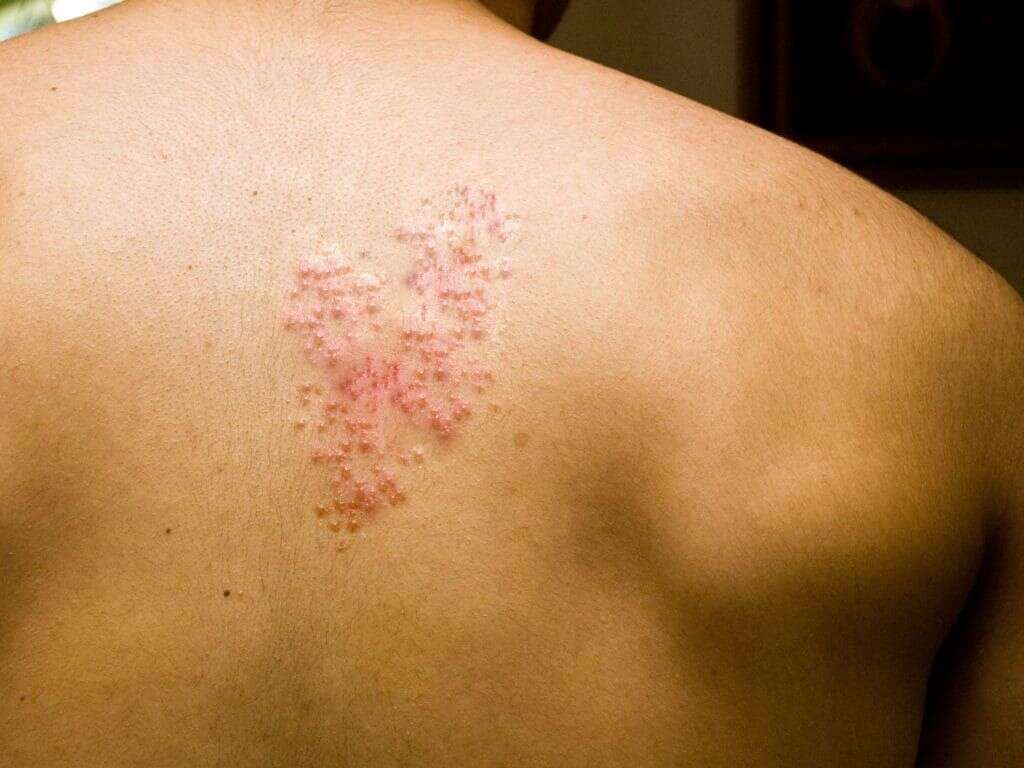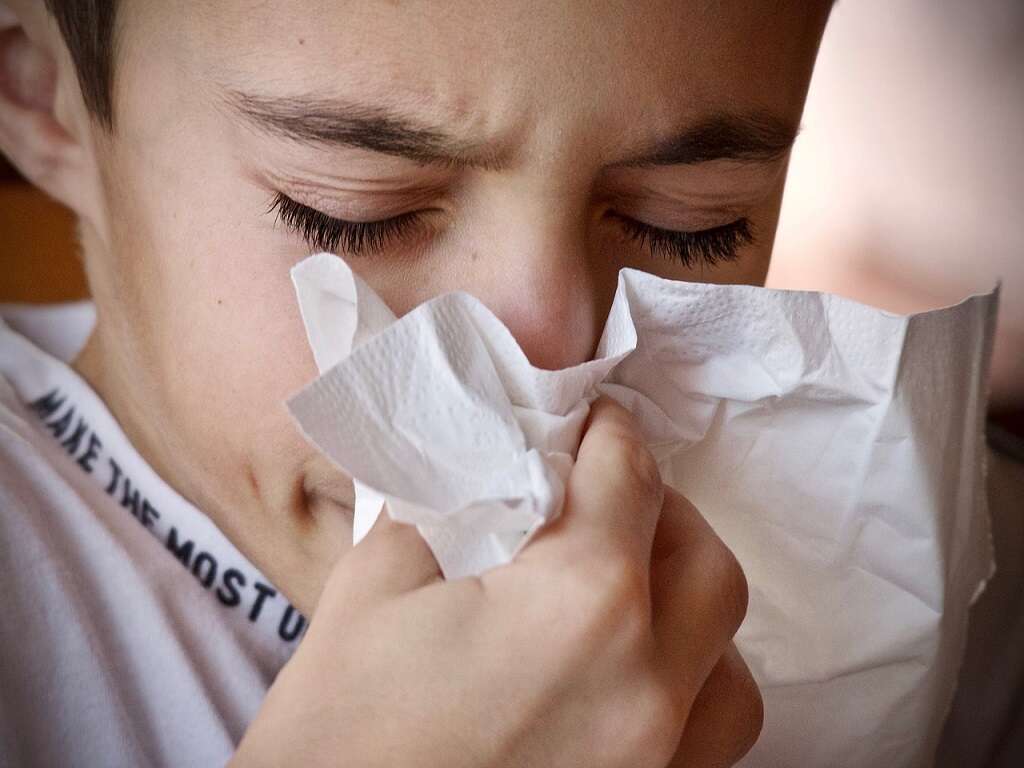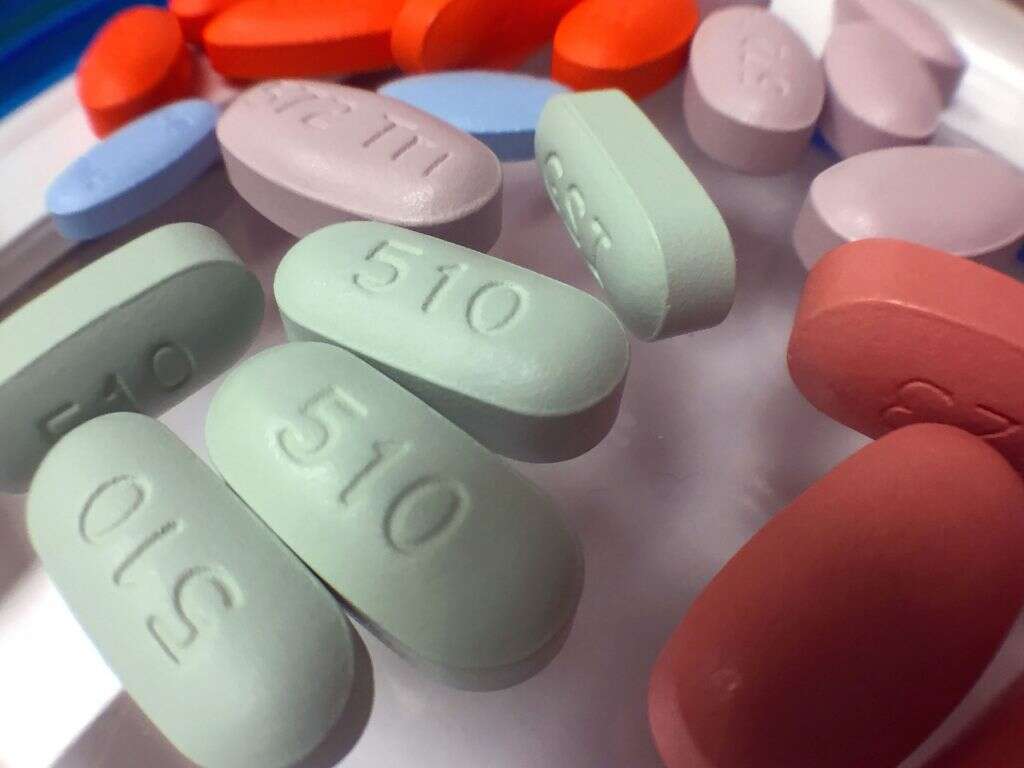10 Home Remedies For Shingles
Shingles are an unpleasant condition that can grow to become quite serious. The condition is marked by itchy or painful lesions that can emerge on the abdomen, chest, face, and neck. The first thing a person with shingles will want to do is visit the doctor, since the condition can grow to become immensely painful if it’s not treated. Shingles is not an uncommon condition. About a million people are affected by the condition each year in the United States. A number of things can make a person more susceptible to having an outbreak of shingles, including things like growing old, being traumatized, or living with high levels of stress.
Shingles is actually caused by the herpes varicella zoster virus, which lies dormant in many people. When this virus is reactivated, the result can be shingles, and the symptoms can be painful and quite severe. People who have had chicken pox at some point in their lives will have the disease lying dormant in their bodies. In addition to the painful rashes and blisters that people with shingles may experience, other symptoms can include a fever, being highly sensitive to light, and fatigue or lethargy. The condition tends to last somewhere between 2 and 6 weeks.
While the condition doesn’t generally cause the risk of death, some people who experience a very serious degree of shingles may damage some of their nerves. This can lead to symptoms of the condition persisting for months. Shingles should not be handled with home remedies alone. However, many of these remedies can be useful for managing symptoms and improving upon the efficacy of traditional medicine as prescribed by your doctor.
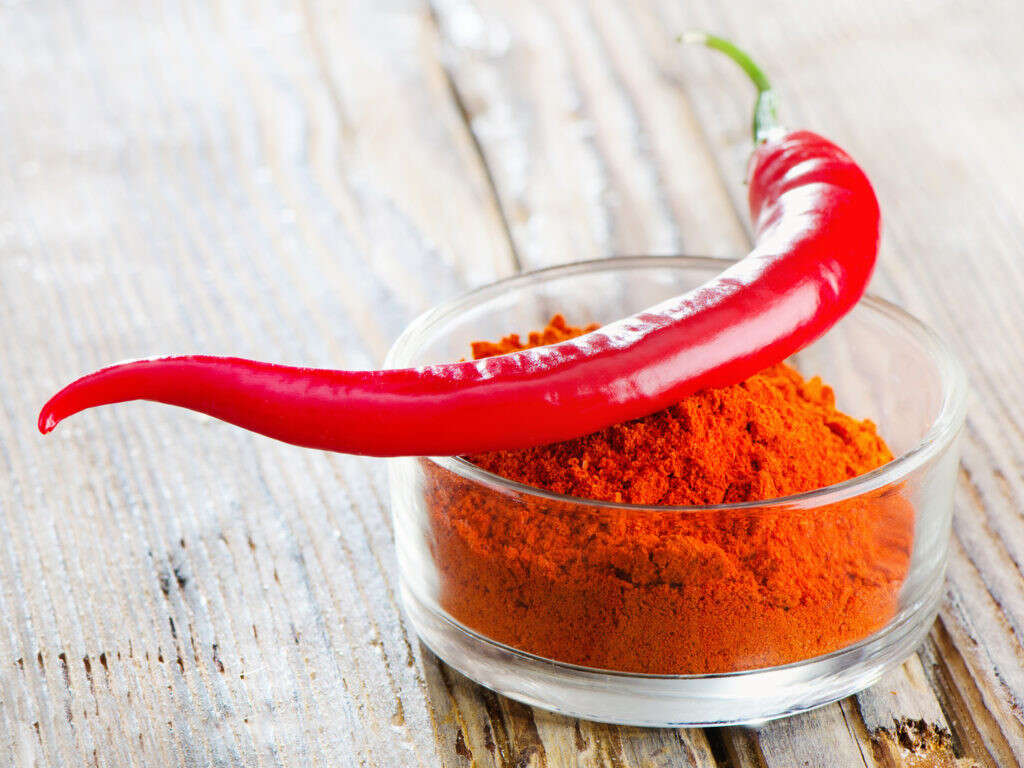
Home Remedy #1: Hygiene
One of the best ways to help prevent your shingles from getting worse is to make sure that you keep the area clean. One of the easiest ways to do this is to take a cooling bath or a gentle shower. Water of a low temperature will help to reduce the discomfort associated with the lesions and will help to prevent the spread of the infection.
Washing with antiviral soap can also help to prevent the spread of the infection. Look for soaps made with tea tree oil or other antiviral essential oils. Try to avoid showering with hot water because this will aggravate the symptoms by enhancing blood flow to the area.
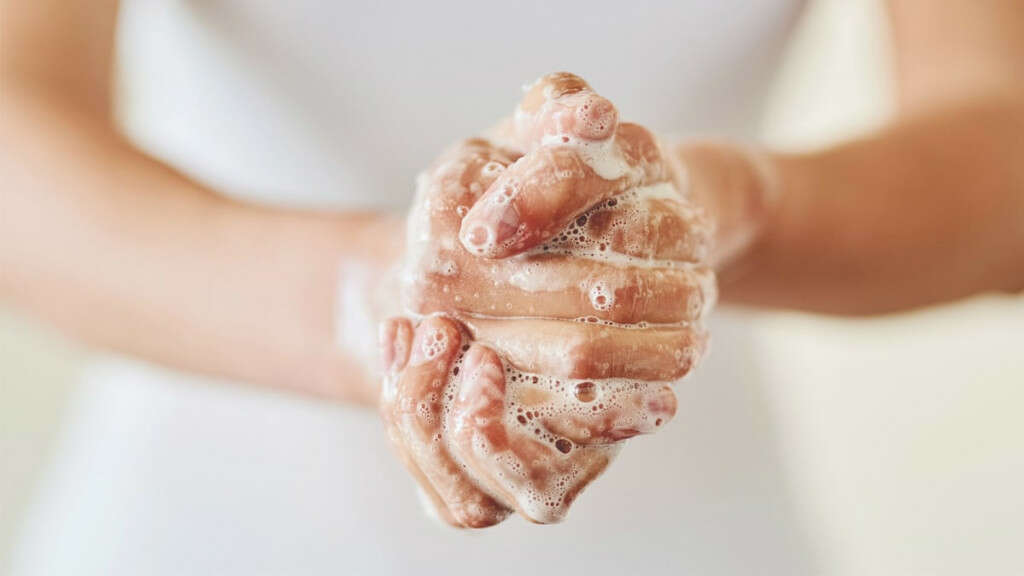
Home Remedy #2: Oatmeal Bath
Another way to help reduce the symptoms of shingles is to take an oatmeal bath. Colloidal oatmeal—a specific form of oatmeal that’s used for medicinal purposes such as this—can be great for helping to minimize the pain and discomfort of shingles.
Add a couple cups of colloidal oatmeal into warm water, making sure that the water isn’t hot. Hot water can aggravate the condition. If you can’t get colloidal oatmeal, cornstarch can work just as well. Soak in the bath for between 15 and 30 minutes.
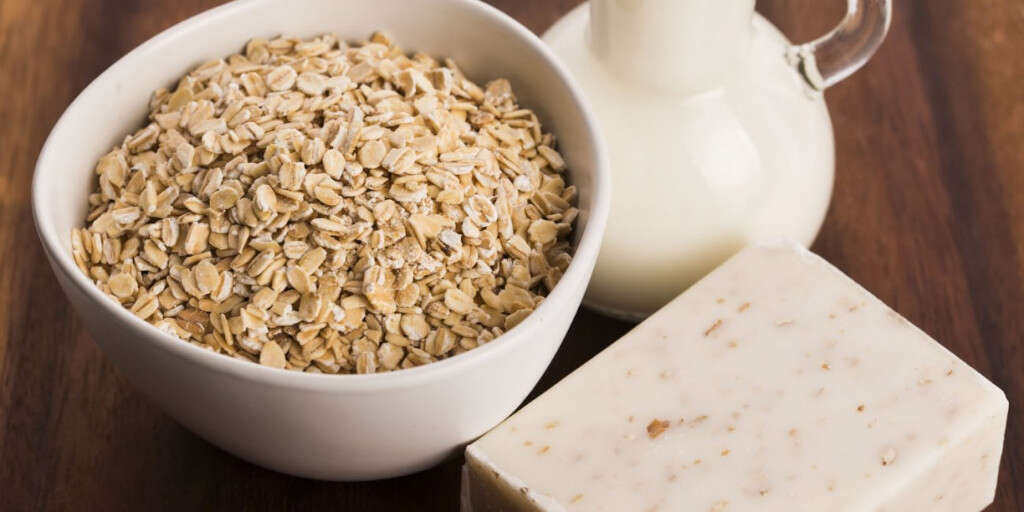
Home Remedy #3: Chamomile Oil
Chamomile is most often associated with the relaxing effects it provides when drunk as a bedtime tea. However, chamomile also has some powerful healing properties that can be useful for helping to improve symptoms of shingles.
Chamomile is well-regarded for being an anti-inflammatory and antimicrobial agent, both of which can help improve shingles. However, chamomile is also known to help enhance the speed at which skin cells regenerate—a blessing for anyone with painful lesions on their body.
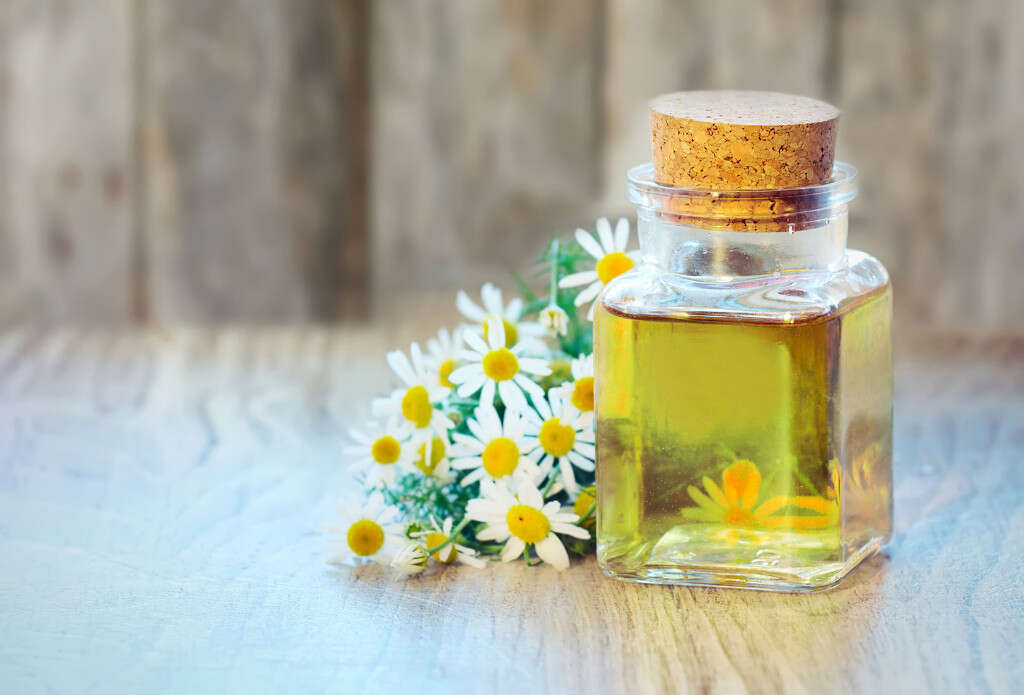
Home Remedy #4: Cold Compress
A cold compress is a classic remedy for painful conditions. All you need to do is soak a cloth with some cold water, wring out the excess, and apply the cloth to any affected areas. Apply a bit of pressure if it’s comfortable.
The cold water will reduce blood flow to the area and can minimize pain and discomfort. Some find that cold compresses also fight off inflammation and itching.
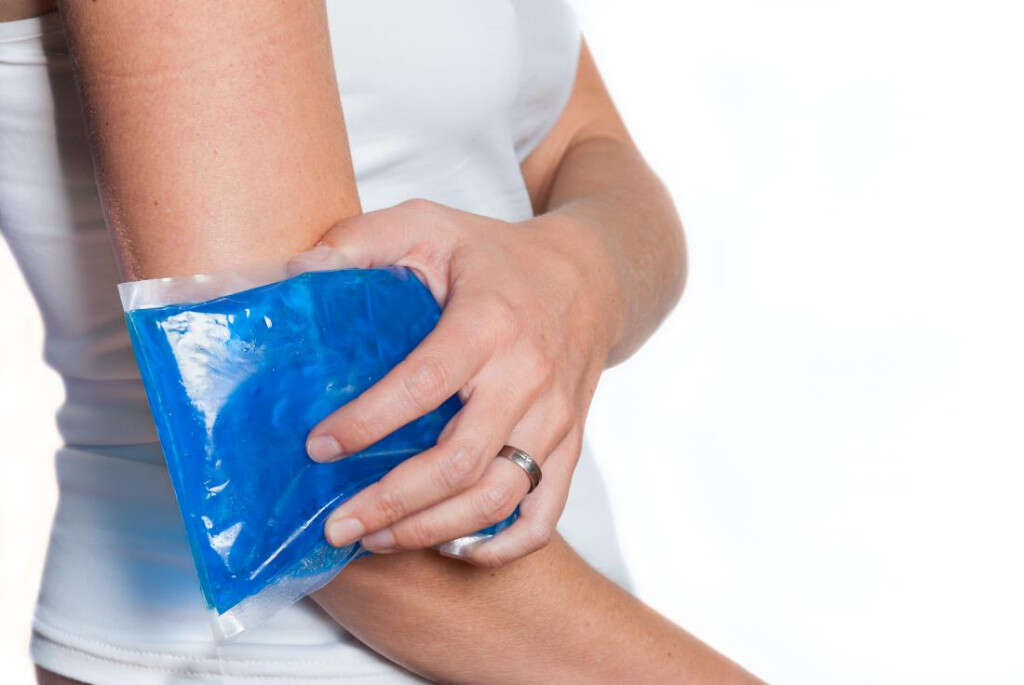
Home Remedy #5: Witch Hazel
Witch hazel is another fantastic natural substance that’s known for its powerful inflammation-fighting effects. It can be found at many pharmacies or natural food stores and is also a popular ingredient in many over-the-counter products.
Your best bet is to soak a cotton ball with pure witch hazel and gently apply this to any affected areas to reduce discomfort.
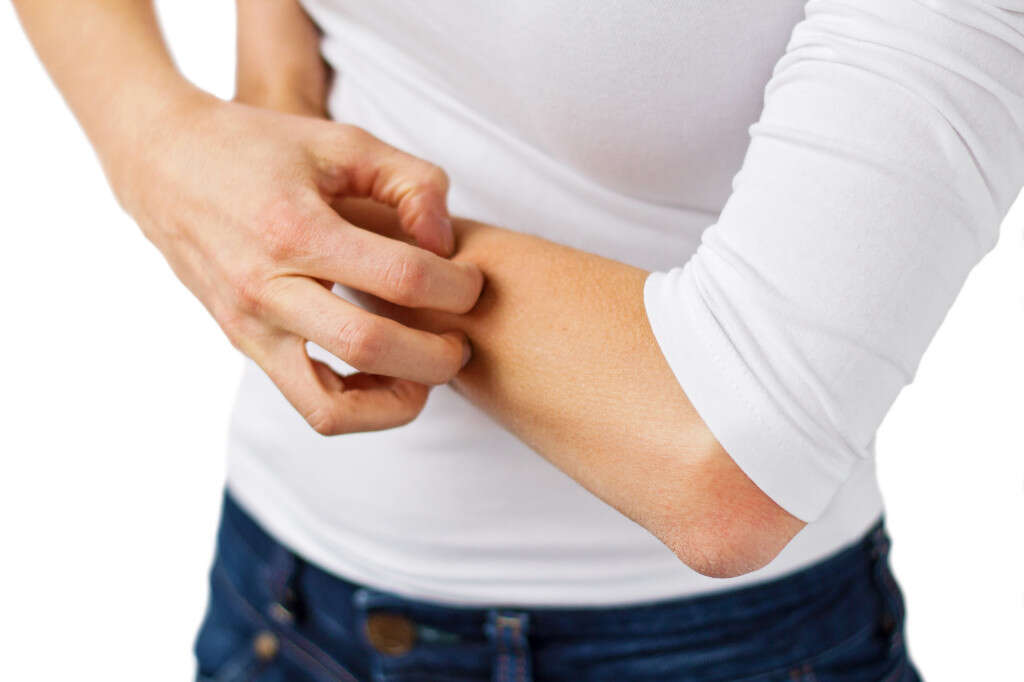
Home Remedy #6: Gentiana scabra
Gentiana scabra, also known as the Korean or Japanese gentian, is a flowering plant that grows in many places throughout the United States and Japan.
This flowering plant is known to help reduce the pain associated with shingles by helping to ward off inflammation. Ask a local practitioner of traditional Chinese medicine to prepare you a concoction that will help ward off the symptoms.

Home Remedy #7: Baking Soda and Cornstarch
One of the simplest and most effective remedies for itching is a paste made from cornstarch, baking soda, or both mixed with water.
Two parts of either substance mixed with one part of water will create a paste that can be applied directly to the affected areas. Let it sit for about 10 minutes and repeat as often as you feel necessary.

Home Remedy #8: Cayenne
Cayenne pepper is often associated with discomfort and pain. However, it’s actually a popular ingredient used in many topical painkillers.
The reason for this is because cayenne contains capsaicin, a compound that fools the brain into activating pain signals. Applying a diluted form of capsaicin on the skin may initially sting a bit more, but eventually it will reduce the receptivity to pain signals, reducing discomfort.

Home Remedy #9: Eat Healthy
Of course, it’s important to eat healthy. However, people who are at risk of shingles or other diseases will want to ensure that they eat a diet that supports healthy immune functions. This means that you should eat plenty of fruits and vegetables.
The carotenoids are a family of vitamins that are particularly important for our immunity, and you can get these from brightly-colored foods like carrots, peppers, and lettuces. It’s also important to avoid things like processed sugar and trans-fats because these will compromise your immunity and cause inflammation in the body.

Home Remedy #10: Vitamins
If you eat a healthy diet already, then chances are that you don’t need to take vitamin supplements. However, many people in the United States are deficient in certain nutrients leading to them developing certain health problems.
Check with your doctor to see if you’re deficient in any vitamins or minerals. If it’s not practical to correct the deficiency with your diet—say, you’re allergic to most of the foods that provide the nutrients you’re deficient in—then you can begin to use vitamin supplements.




